Microneedling And Microdermabrasion: Differences And Tips
Explore the marvels of these procedures for skin rejuvenation.
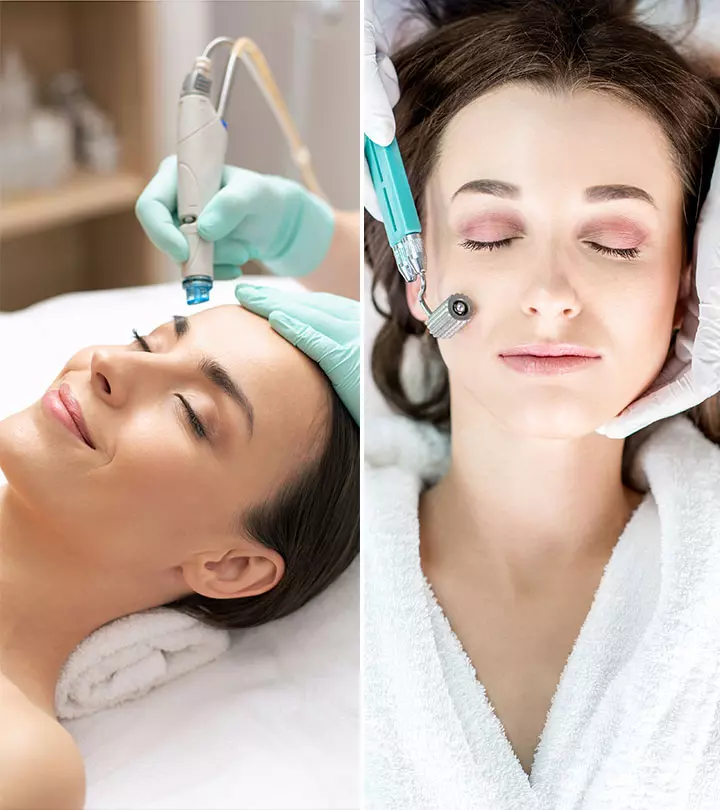
Image: Shutterstock
Microneedling and microdermabrasion treat similar skin conditions, but they are not the same. They involve different techniques to improve your skin and make it healthy. However, both treatments address numerous issues, like acne scars, blemishes, fine lines, wrinkles, sun damage, and signs of premature aging. These micro-treatments target different layers of the skin – microdermabrasion works on the top layer of the skin, and microneedling penetrates below the skin. Keep reading to know more about the differences, the treatment processes, costs, and side effects.
In This Article
Microneedling Vs. Microdermabrasion – What’s The Difference?
Microneedling is a minimally invasive procedure that helps rejuvenate your skin. It involves the superficial and controlled puncturing of the skin to produce new collagen. The miniature needles create micro-injuries and help repair the skin.
On the other hand, microdermabrasion is non-invasive epidermal resurfacing technique. It exfoliates and removes the dead and damaged topmost layer of the skin. This method helps treat uneven skin tone, acne scars, photoaging, age spots, and hyperpigmentation. It involves the use of a device with a rough tip and a built-in vacuum that sprays aluminum oxide crystals on the skin surface to remove dead skin cells and collect the debris.
While microneedling stimulates the skin to induce collagen production, microdermabrasion exfoliates the skin.
 Trivia
TriviaRead on to understand how both the procedures work on the skin and what skin issues they address.
Key Takeaways
- Microneedling stimulates the skin to produce collagen, while microdermabrasion exfoliates the skin.
- Both procedures address acne scars, blemishes, fine lines, wrinkles, sun damage, and premature aging symptoms.
- You should only do microdermabrasion and microneedling under the guidance of a certified practitioner.
- Consult your skin care specialist right away if you experience any pain or irritation.
What Skin Concerns Do They Address?
Microneedling
creates micro-injuries to repair the skin. The wounds trigger cell activity, releasing various proteins, potassium, and growth factors from the skin cells. This leads to fibroblast migration to the injury site and stimulates collagen and elastin, resulting in a smoother and refined skin tone (1).
Microneedling may help improve acne scars and uneven skin texture, minimize fine lines and wrinkles, and fade stretch marks, brown spots, and hyperpigmentation.
Jen Jackson, a blogger, shared her microneedling experience. She decided to get the treatment to manage her acne. She described the results as, “The next day, my face was considerably lighter. The redness of my scars had decreased immensely and I actually walked outside without makeup. It was amazing. I was still a little pink, but overall my face looked pretty good (i).”
In microdermabrasion, the skin is treated with abrasive crystals like aluminum oxide, sodium chloride, or magnesium oxide at a controlled rate. These crystals exfoliate and remove the outermost layer of the skin and surface debris (2). A new epidermis is formed when the skin heals, resulting in better skin texture.
This skin treatment addresses wrinkles, abnormal scarring, melasma, and premalignant lesions (3). It reduces the appearance of large pores, skin stiffness, and blemishes and improves the softness, tone, and thickness of your skin. Microdermabrasion can also effectively treat acne, acne scarring, stretch marks, and photoaging (4). The benefits of a microdermabrasion facial can also be seen in skin texture.
 Trivia
TriviaTalking about melasma, a meta-analysis study of 459 patients, revealed the effectiveness of using topical therapies with microneedling for melasma. There was a moderate improvement at 8 weeks and substantial improvement at 12-16 weeks.
While microdermabrasion feels like sandpapering your skin, microneedling can get slightly painful.
Does It Hurt?
No. Though both treatments come with minimum to no pain, microneedling is performed only after numbing the skin through topical anesthesia. This is carried out 45-60 minutes before the procedure, and it is well tolerated by the patients (1).
Since microdermabrasion is a skin resurfacing process, it does not hurt. However, there are chances of mild discomfort. This can be managed by slowing down the intensity of the anti-aging treatment.
Note: Microdermabrasion and microneedling should be performed only under the supervision of trained medical professionals. In case of any pain or irritation, consult your skin care specialist immediately.
The following sections answer some common queries about these treatments. Keep reading!
Are There Any Side Effects?
No, both the micro-treatments have fewer or no side effects. However, you might experience some temporary reactions on your skin that do not last more than 2-3 days.
The common side effects of microdermabrasion include redness, tenderness, petechiae (tiny red, purple, or brown spots), and mild skin irritations, while scabbing and pimples are less common. Since the outermost layer of the skin is exfoliated during the procedure, you might experience photodamage for a few days after the treatment (2).
In microneedling, the healing process can take a few days. There are no post-treatment reactions except slight erythema and edema that last for 2–3 days (1). The needled areas might show bruises or mild redness and hematoma on bony areas, like the jaw or nose (5).
Is There Any Downtime?
There is no downtime for healing in microdermabrasion. The treatment usually takes 30-60 minutes, and you may need more than one session to achieve the desired results. Often, a person needs 4-6 weekly sessions (2).
Similarly, microneedling requires minimal downtime. But you must avoid heavy activities that cause sweating for 48 hours. Each session is performed at intervals of 3-8 weeks. The minimum time interval between the sittings depends on the derma roller’s needle length and the severity of the skin condition (1).
Since these micro-treatments require minimal downtime and show fewer side effects, you may consider going for either of them. However, there are some exceptions.
Can Everyone Undergo The Treatments?
Avoid microneedling and microdermabrasion if you have:
- Active skin lesions like wounds, warts, eczema, psoriasis, or other skin infections.
- Uncontrolled diabetes, cancer, lupus, or immune deficiency can be at risk for infection.
- Pregnant or breastfeeding, as the hormonal changes may not provide the desired result (6).
- Liver disease or a history of excessive bleeding (7).
Note:
If you have sensitive skin, microdermabrasion is a better option than microneedling because the needles may cause more pain.
How Much Does It Cost?
The cost of these treatments depends on the area treated, the number of sessions, consultation fees, and products and devices. The average cost of microneedling ranges between $100-$200, whereas microdermabrasion will cost you around $131 per treatment.
 Fun Fact
Fun FactYou need to take special care of your skin after microdermabrasion and microneedling. Follow the tips listed below to promote faster healing after these treatments.
Aftercare Tips
- Protect the treated area from sun exposure, environmental pollutants, and harsh chemicals for at least a week after the treatment. Use mild cleansers and sunscreens as recommended by the esthetician.
- Hydrate your skin with non-alcoholic products or use medicated creams as recommended by the doctor.
- Sweating may cause skin irritation post-treatment. Therefore, avoid strenuous activities and warm places like swimming pools, gyms, and saunas for 24-48 hours post-treatment.
- Do not use makeup for 24 hours.
- Keep yourself hydrated. Drink plenty of water and consume fresh fruits and leafy vegetables with high water content.
- Your skin may start peeling 3-5 days after the treatment. Avoid touching, scratching, or rubbing the treated area.
- Stay away from any skin treatments or chemical peels for at least two weeks.
- Sleep on your back with the head in an elevated position to reduce swelling.
- Do not cover the area. Let your skin breathe.
The Final Verdict – Which Skin Treatment Is Best for You?
Both micro-treatments aim to solve numerous skin care issues like uneven skin tone, rough skin texture, age spots, and acne scarring. While microneedling stimulates collagen production in the skin, microdermabrasion removes the dead and damaged skin layer and exfoliates it. Therefore, the choice of the treatments depends on the skin condition and the desired results.
People who wish to exfoliate the skin without much pain to treat sun damage, wrinkles, pigmentation, scarring, blemishes, and melasma should choose microdermabrasion. On the other hand, if you want to stimulate your skin’s collagen production and repair it from within to soothe the acne scars, stretch marks, and wrinkles, go for microneedling.
The Bottom Line
Microneedling and microdermabrasion are two skin care treatments that help you solve your skin issues. Though both are non-invasive and cost-effective, the difference between microdermabrasion and microneedling lies in their techniques. While microneedling stimulates the collagen and repairs the skin from within, microdermabrasion removes the outermost layer and exfoliates it.Consult a trusted and experienced doctor to learn more about the procedures to decide which one suits your skin type and the concerns you want to solve. These procedures should be performed only under the supervision of trained medical professionals.
Frequently Asked Questions
Can you do microdermabrasion and microneedling together?
This depends on your skin type and needs. They are two different treatments that address several skin issues. Consult your dermatologist for further advice.
How long after microdermabrasion can you get microneedling?
You should wait for 1 to 3 weeks before you opt for microneedling, as your skin may still be sensitive.
Does microdermabrasion tighten skin?
No, microdermabrasion will not tighten your skin. Instead, it exfoliates the top layer of the skin, which may improve skin texture and reduce the appearance of wrinkles and fine lines.
How long do microdermabrasion results last?
Microdermabrasion results may last up to a month or longer with a good skin care regimen and hygiene.
Does microneedling make you age faster?
No, microneedling creates micro-injuries that stimulate collagen production. This helps tighten the skin and reduce the signs of aging.
Can you see results after one microneedling treatment?
Yes, most people see visible results a week after one microneedling session. However, you may need several sessions to see remarkable results. The doctor decides the number of sessions based on the skin type and severity of the issue.
Microdermabrasion and microneedling need not be competing treatments and can be done simultaneously. Watch the transformation in this detailed video as it takes us through a specialist performing these procedures on a client, unveiling radiant skin.
Personal Experience: Source
StyleCraze's articles are interwoven with authentic personal narratives that provide depth and resonance to our content. Below are the sources of the personal accounts referenced in this article.
(i) MY MICRO-NEEDLING EXPERIENCEhttps://jenjackson153.wordpress.com/2015/11/23/microneedling/
References
Articles on StyleCraze are backed by verified information from peer-reviewed and academic research papers, reputed organizations, research institutions, and medical associations to ensure accuracy and relevance. Read our editorial policy to learn more.
- Microneedling: Advances and widening horizons
https://www.ncbi.nlm.nih.gov/pmc/articles/PMC4976400/ - Microdermabrasion
https://www.ncbi.nlm.nih.gov/books/NBK535383/ - Dermabrasion
https://pubmed.ncbi.nlm.nih.gov/21824537/ - Microdermabrasion: an evidence-based review
https://pubmed.ncbi.nlm.nih.gov/20048628/
- A prospective controlled assessment of microneedling with the Dermaroller device
https://pubmed.ncbi.nlm.nih.gov/21617430/ - Pregnancy and skin
https://www.ncbi.nlm.nih.gov/pmc/articles/PMC4311336/ - Hemostasis, bleeding and thrombosis in liver disease
https://www.ncbi.nlm.nih.gov/pmc/articles/PMC6136435/ - Everything You Need To Know About Microneedling
- Chemical Peel Or Microdermabrasion: Which Is Better For You?
- 9 Best Products To Use After Microdermabrasion
- Should You Be Excited About The VI Peel? Let’s Find Out
Read full bio of Bianca Lorena Saldes
Read full bio of Swathi E
Read full bio of Eshna Das
Read full bio of Monomita Chakraborty






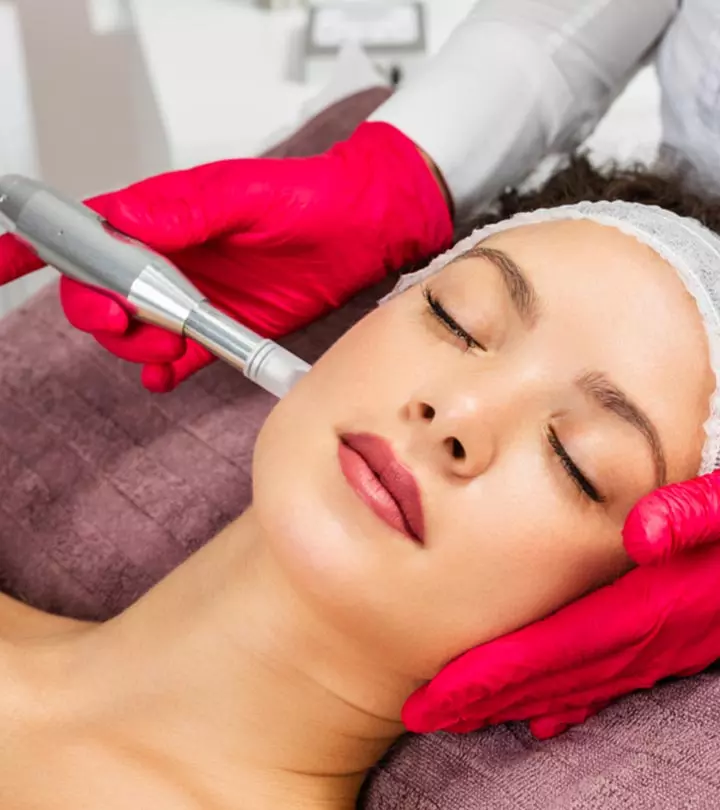
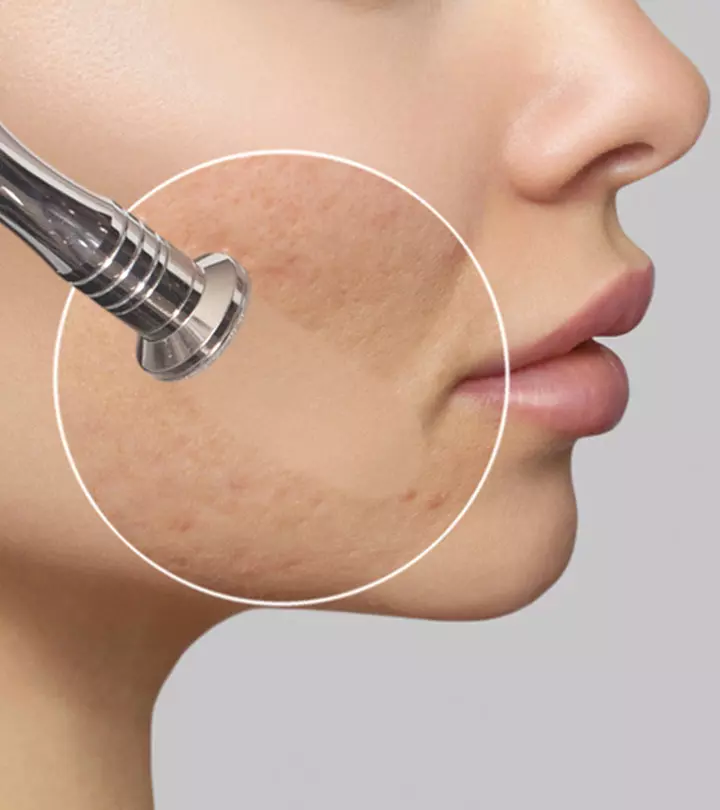
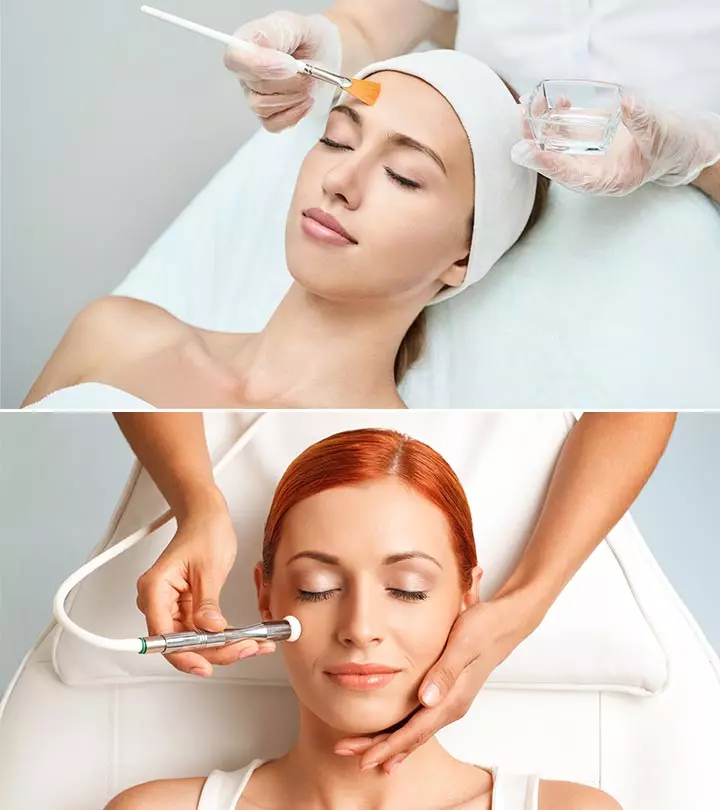
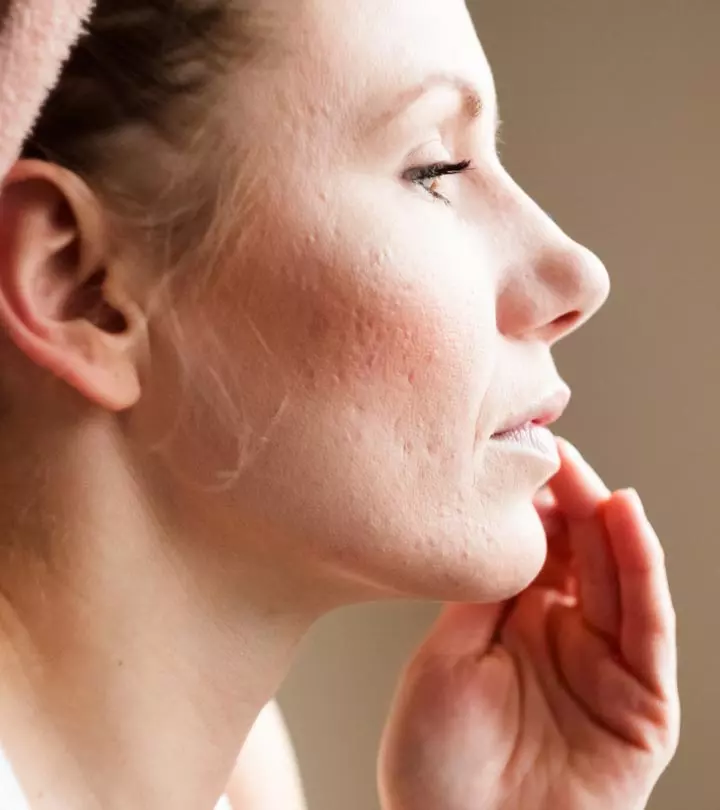
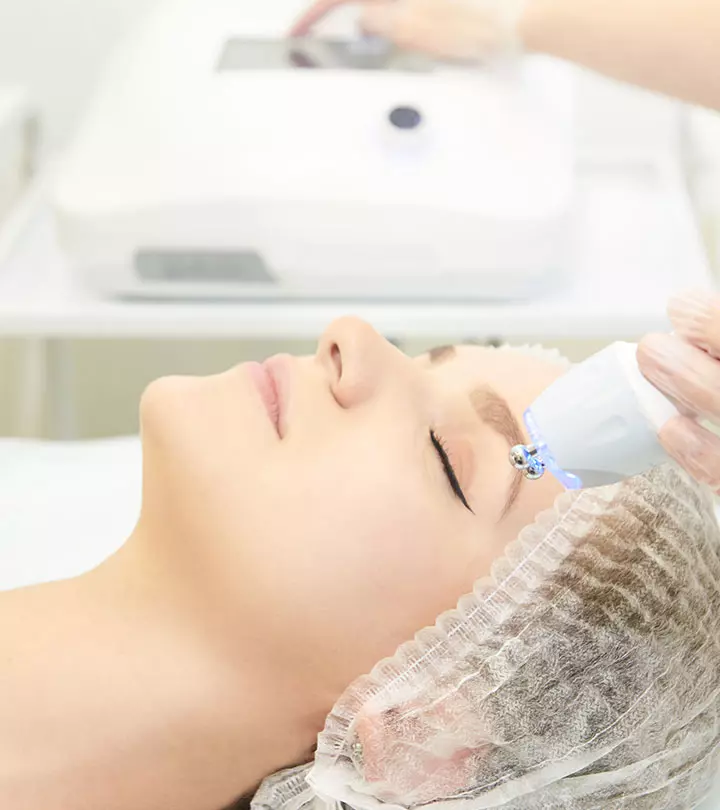


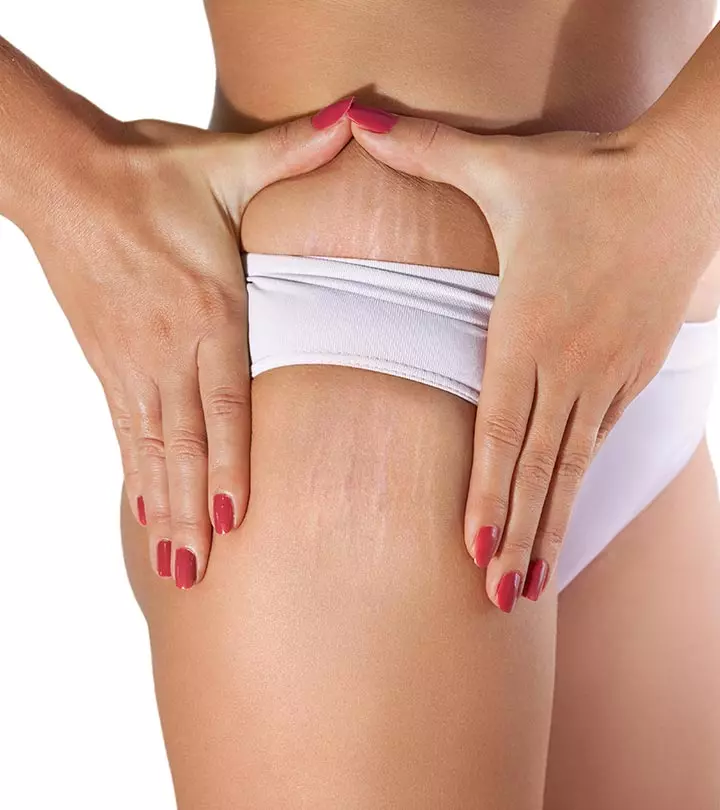

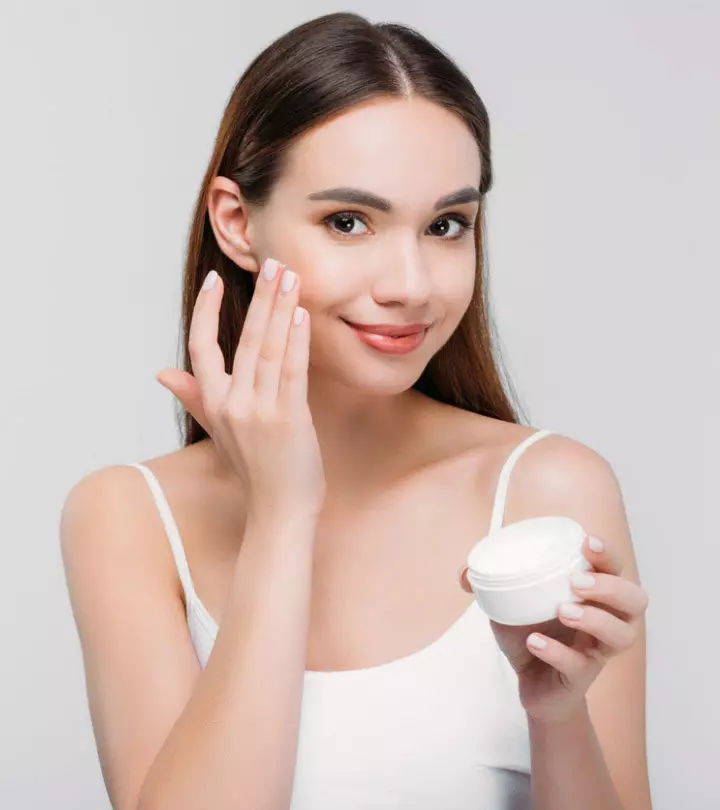

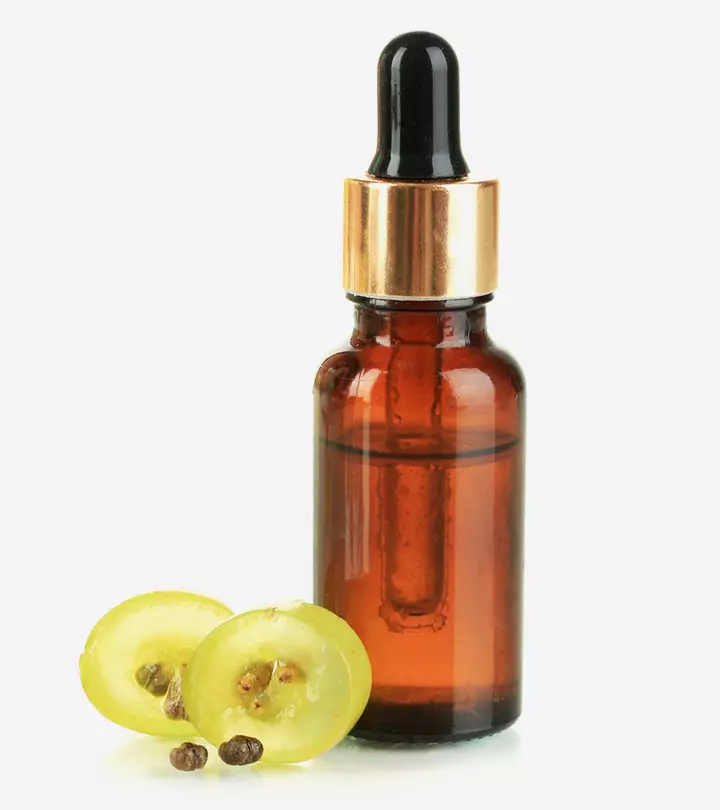
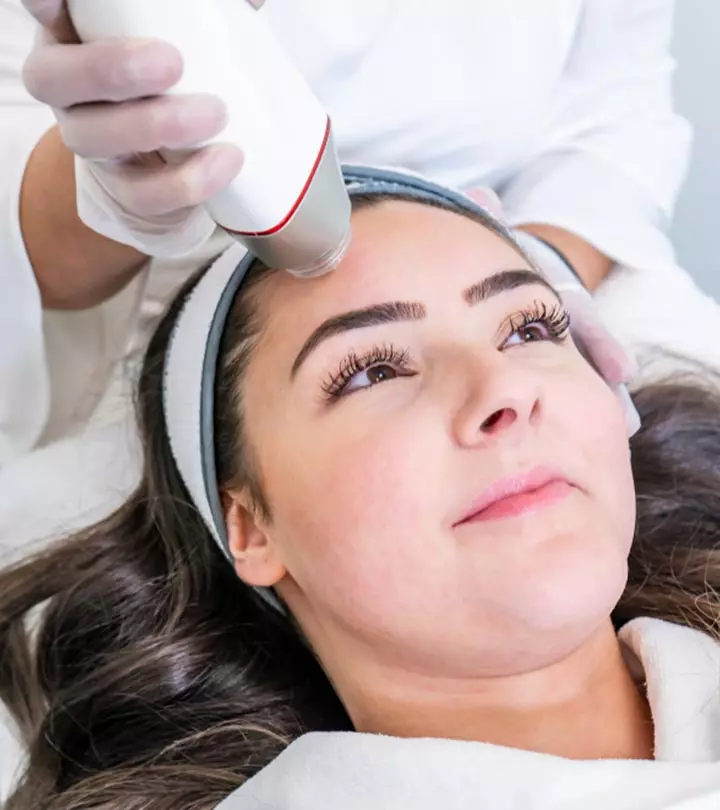
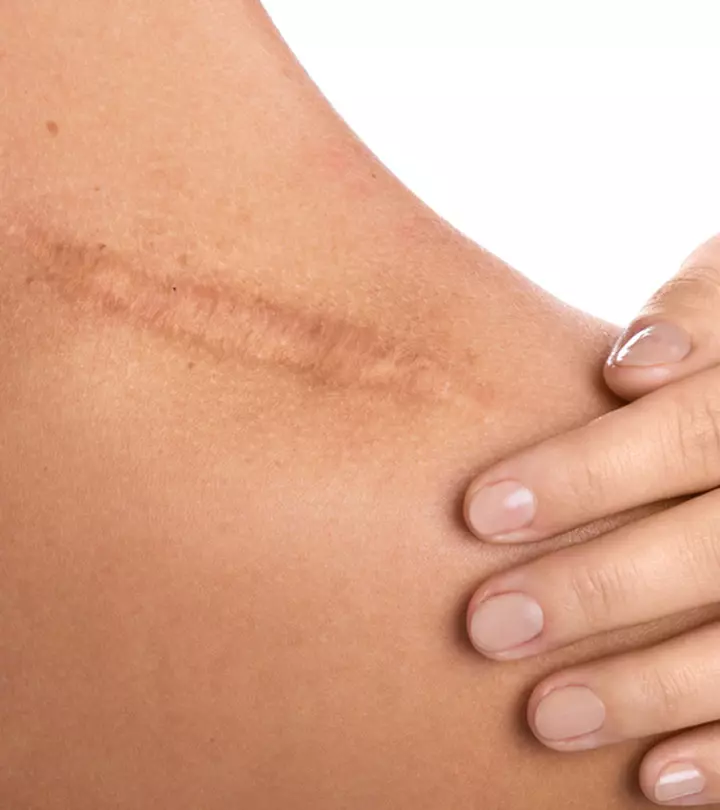


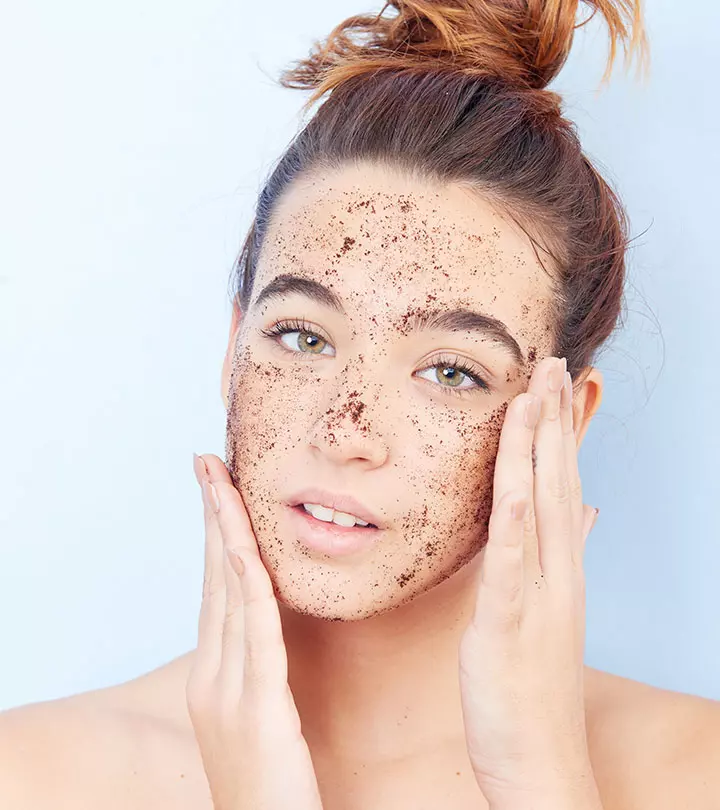

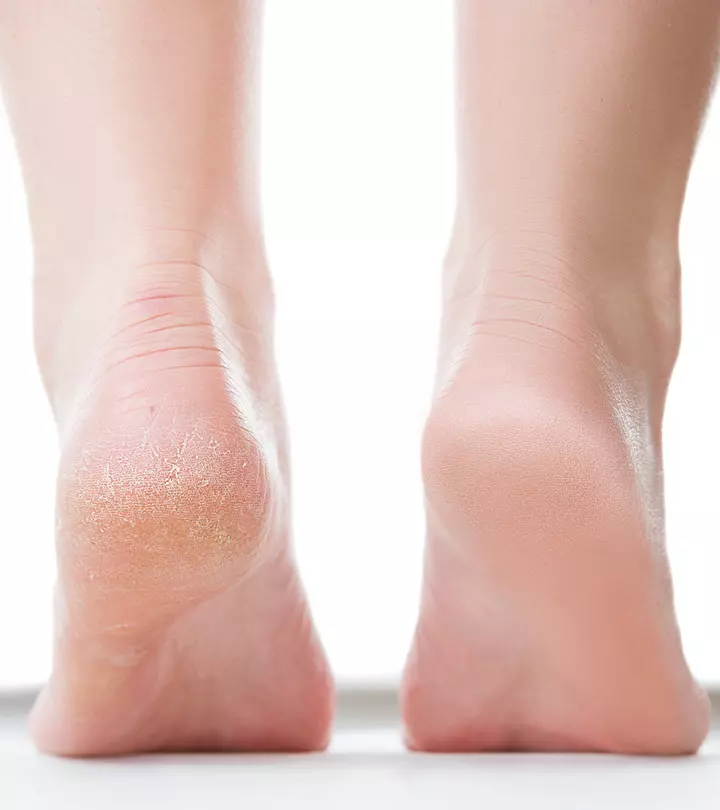

Community Experiences
Join the conversation and become a part of our empowering community! Share your stories, experiences, and insights to connect with other beauty, lifestyle, and health enthusiasts.